Craig “Torbull” Levine has been a part of some of the biggest moments in esports.
He began as Counter-Strike player in the earliest days of the competitive scene. Since then, he’s gone on to manage one of the first and most prominent professional teams in North America, cofound the successful ESEA service, and help esports event organizer ESL to gain a foothold in America.
He has navigated his share of controversies as well, ranging from a bitcoin mining scandal in 2013 that nearly sunk ESEA to the failure of past attempts to bring regulation to professional teams and players the world over.
Now, Levine is watching the industry he has been a part of for over 15 years find the success he’s long worked towards. At the Esports Conference in San Francisco last week, he sat down with the Daily Dot for an extended conversation covering his career thus far, where esports has been, and where it’s all going.
The Daily Dot: Let’s start at the beginning and talk about your background in competitive Counter-Strike. Did you have any idea where it might one day lead you?
Craig Levine: I don’t think anyone really knew back then. At that point it was just 17-year-olds who loved gaming, wanting to play in organized leagues with friends. It was something to do with my best friends in high school, a way for us to keep in touch.
It wasn’t long before you moved from playing actively to management with the creation of Team 3D, which collected some of the best talent American Counter-Strike had to offer at the time. How did that transition come about?
I realized in college I was never going to be the best player in the world. I knew [top American players] Ksharp, Bullseye, Rambo, and I said, ‘Let’s start this new team.’ So we started Team 3D, and while our first event wasn’t a success I still enjoyed it. I loved the competition and what we were doing. We were doing it for fun. To later become the best in the world was just the payoff.
You mentioned struggling at your first event, which was CPL Summer 2002. The team finished 17th-24th and responded by overhauling the roster, acquiring great players like Moto and Steel. How different was it then compared to now, changing a big team’s roster like that?
It was easy back then. The team’s professional status came about later on, after the first big roster change. Back then it was as simple as kicking some guys out and bringing new guys in. It was just people playing together to win or because they liked each other personally, not because they were on contract.
Those changes obviously paid off, as Team 3D became the first American team to win a Counter-Strike major at CPL Winter 2002.
[Former American team] X3 had always been a top team, and CK3 before that. But Team 3D’s win made it global and we became national heroes to some extent. We instilled in ourselves at that early point the professionalism. You had to be approachable and likeable. We had a good reputation with the fans we were always mindful of how we represented ourselves.
And you transitioned from that to becoming a more professional team?
As business developed, those structures were put in place. We were the first pro gaming team in North America. We paid a salary, all expenses were paid, we traveled the world. As we became obliged as a company to deliver results, we had to lock up our players.
There were other American teams who found international success. Rival, zEx, Team Stomping Grounds, and others. But Team 3D was the one constant in the scene. Why was that?
The business structure of the team was what no other American team had for several years, not until Complexity came along. Having contracts is what kept us together.
Your team was notable for being among the first to obtain prominent sponsorships. You even ventured outside the gaming industry with companies like Subway.
We were fortunate to have partners who had a vision for what we were doing. Nvidia, Intel, the early adopters. We worked together to build the relationship. The process was the same as it is now, but that value proposition was very different.
The story we told was different too. It was about these gamers just playing video games professionally. And even then our matches would get tens of thousands of views online. The reach was real, but the supporting infrastructure wasn’t quite there yet.
Major media companies began paying attention to what you were doing around this time, but it was often portrayed as a bit of a sideshow act. How did you feel when you would be featured in the media as an oddity?
We were always happy to just have the exposure and to preach the gospel of esports. We felt that we were ambassadors of gaming in the overall sense. We were a sensible reality check that it was a video game, it was just about offense and defense.
You had a few opportunities to play as a substitute even after the team had turned professional. What was that like?
It certainly wasn’t ever planned. I just jumped in there and was a part of it. I wasn’t allowed to have a flashbang. My role on the team was to support [the other players], and I had been a player previously so it was awesome.
A lot changed when the Championship Gaming Series came into being. Most of the talent in American Counter-Strike switched to Counter-Strike: Source and committed to playing in this new league, which would be featured on DirecTV but would eventually fold in 2008. Your team was a part of that change. Did you have doubts going in?
It was a time when the rest of the ecosystem was drying up. It was a calculated and worthwhile risk to take, and I [learned] an incredible amount from it. There were smart people there. Not every decision made was the right one, but a lot of what was done was pioneering.
Today we have digital distribution and a community who can say, ‘We want this, we don’t want that.’ That didn’t exist then.
Let’s just forward to the present day. What’s your involvement now in ESEA?
I’m still the coowner, but have focused more the last year to two years on ESL. There’s an opportunity now to do something with ESL, so my day-to-day is minimal for ESEA.
The bitcoin scandal obviously rocked ESEA and is still talked about today. How do you reflect on that now, and how you handled it?
I think we did a great job. I’m proud that I’ve always treated people right in esports. When this happened it was without our knowing or authority and we worked quickly to remedy those who were impacted. We did it quickly and on our own, it was settled with local government authorities and the community [at ESEA] is bigger now that it’s ever been.
Working with ESL and ESEA, you have a lot to say about how cheating is handled in Counter-Strike. What’s your approach to it? How do we best curb the feeling some fans have that there may still be players cheating at the highest levels of play?
Continual policies that ensure enforcement of standards. The value of big events is that they’re easier to monitor. Your peripherals are put into a bin [to be checked prior to matches] and there’s a process we go through to ensure it’s all fair.
Online, we take the best steps that we can. It’s just an ongoing thing, no different than performance-enhancing drug testing in other sports. As the stakes rise people try to get whatever edge they can. It’s our responsibility to ensure competitive integrity.
There’s a lot of talk at the conference about player representation and team owners banding together. You were part of an earlier such effort when Team 3D joined G7, an organization meant to bring together the most prominent esports teams of the day. Ultimately it didn’t stick, but did you take anything from it that could be applied today?
The problems that existed then still exist today, although there’s a higher level of maturity now than existed back then.
There was so little in revenue then that everyone had to buy each other out whenever they could. We tried to agree, but the very first time an issue came up, it sunk the whole thing. Without a greater sense of shared responsibility, that will happen again.
There’s benefit to standardization and quality standards. There just has to be more structure.
It seems that team owners would bear a large amount of responsibility for that, but we’re still seeing numerous issues with owners today and how they run their teams. How can these sorts of things be addressed?
The barrier for entry [for ownership] has been low. It’s been easy for people to come in without a proper vetting process.
Just like with many industries there are bad team owners and good team owners, good and bad companies. The players, sponsors and communities have the opportunity to shake some of those guys out. It’s just going to take more time. As far as we’ve come, we’re still just on step three of a 10-step journey.
There was a big reaction to the recent failure at Gaming Paradise, which was reminiscent of what happened at Cyber X Games in 2004 when numerous issues led to that tournament being cancelled. You witnessed the Cyber X Games fiasco firsthand. How can this sort of thing still happen today?
Outside people don’t understand what it takes to do this. That’s what excites me about ESL. It’s what we do through and through.
These are complex things and there are very few people who understand it. The financial model is still maturing and there are challenges and different obstacles. Gaming Paradise shined a light again that what often seems simple just isn’t. We can’t take for granted what we have.
Your role now has you focusing on growing the ESL brand in North America. With all of the potential that exists here domestically, why do you think things have been slower to catch on than in Europe?
It’s about consumer habit and the culture. There haven’t been a lot of successful and sustainable esports here in the United States.
In Europe, there are nations and languages that allow the phenomenon to percolate and explode easier. ESL’s growth started in Germany then expanded out globally from there. In the United States we are trying to find those pockets. That’s what our stadium events represent, or our studio space in Los Angeles.
It takes time. If it were easy everyone would do it. We’re going to make mistakes but learn a lot and we’ll get there.
What are your immediate action points for growth in America?
It just takes time. You’re already seeing it with Valve’s International. Riot Games at the Staples Center. These events become huge in their markets. I really just think it’s taking the time more than it’s needing a big catalyst out there.
How do you compare your efforts domestically to those of an MLG?
They’ve got their own approach. What’s unique about us is that we’re focused on what we do. I know what we need to do to be successful. I don’t wake up and worry about what others are doing. I see why we’re going to be successful. In a short period of time we’ve done an incredible amount.
What are your thoughts on the growing competition Twitch has seen? ESL has broadcasted through Twitch for some time now, but many are wondering what YouTube might have in mind for growing their YouTube Gaming platform.
We’ve been working with Twitch since day one. They’re a great partner of ours. All of our content at ESL has been distributed exclusively through Twitch since they formed, but how those talks go is handled by people other than me.
How do you feel about ESPN getting more involved in esports?
We made the decision that we’re content creators. We create esports moments with our partners, and we view ESPN as a great vehicle to broaden the audience. Their entrance is exciting. It helps legitimize it to people, letting them know what we on the inside have known for a while.
To what do you owe the continued upswing in popularity for competitive Counter-Strike?
We see a revitalization in Counter-Strike because Valve has reengaged with the community. It’s a good lesson for all developer and publishers.
We’ve talked about ESL growing their footprint in America. What about in other global markets?
Global expansion is a continued focus at ESL. The last two years have been about America. We just announced the acquisition of a great company in Australia, we have an exciting venture in India. Latin America, and Brazil in particular, is high on our radar.
What do you see when you look at Brazil?
There are socioeconomic factors. We’re seeing a growing middle class, higher penetration of broadband, the infrastructure is improving with the Olympics coming there [in 2016]. It takes time and these things aren’t unique to esports.
Will you change your approach when you shift focus to Asia?
What we do in Asia, and specifically in China, I would suspect will be different.
With all that you’ve done since moving on from Team 3D, are you still interested in returning to managing a top team?
I reacquired the rights to Team 3D after [Championship Gaming Series] went under. I’ve got my hands full now but I’m an esports fan at heart. Who knows what will happen with Team 3D. There’s a good heritage to it.
Does that mean we’ll be seeing the return of Team 3D?
Never say never.



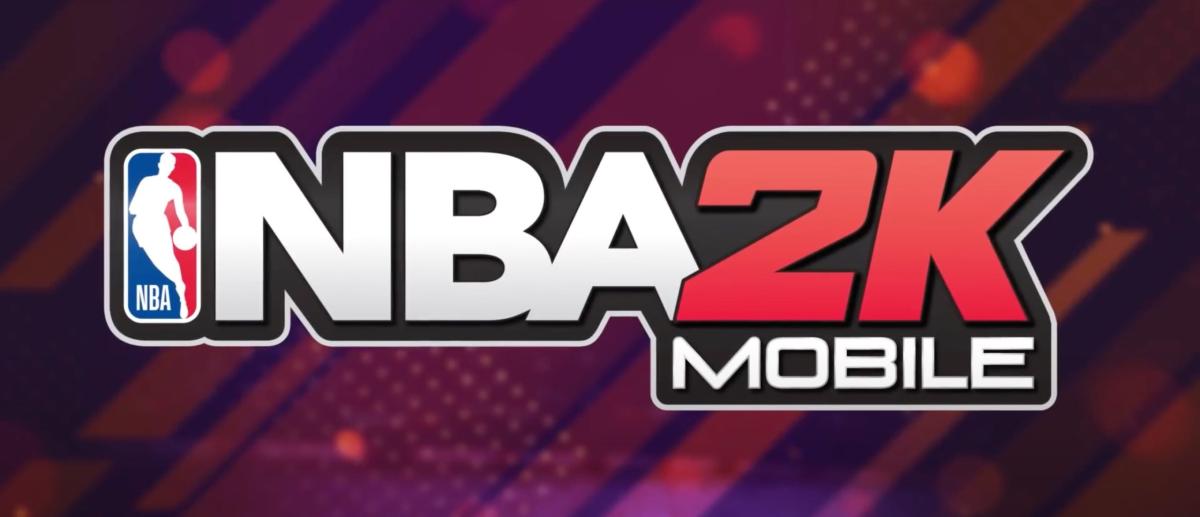
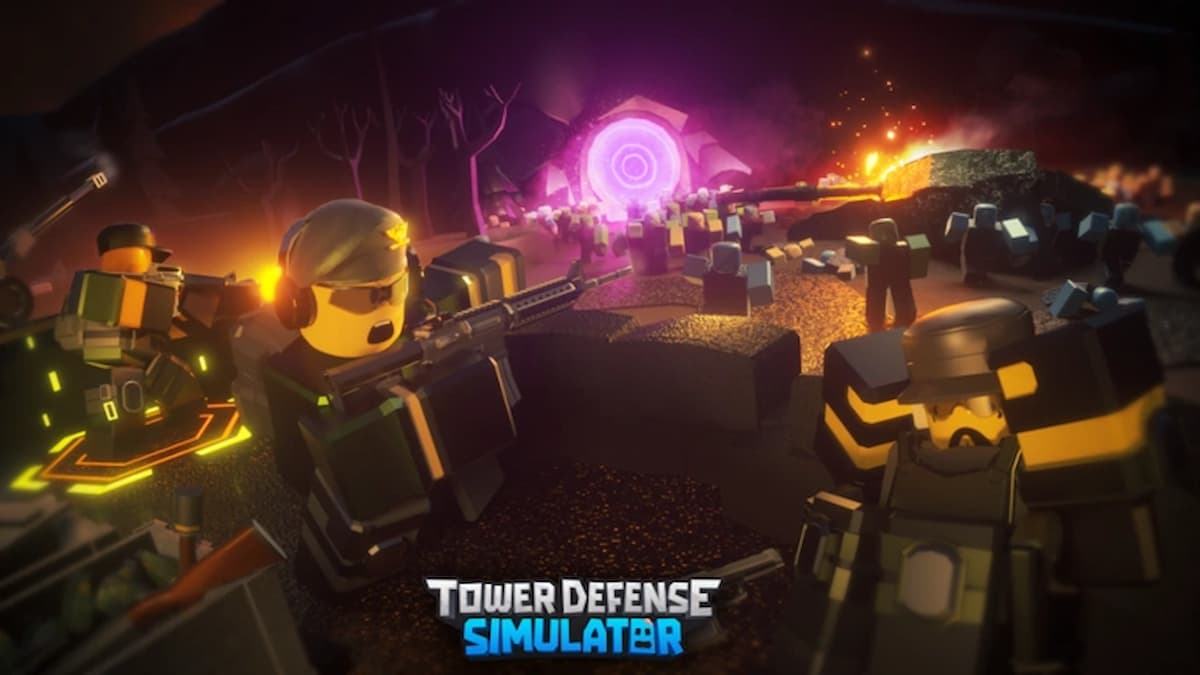

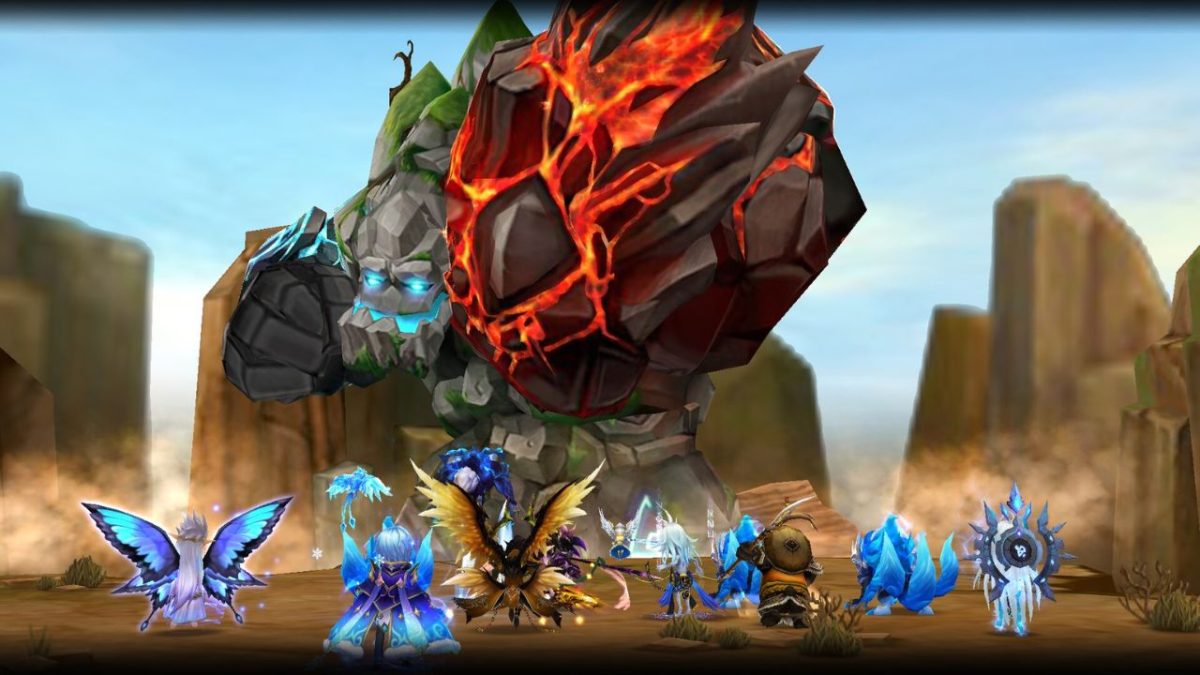
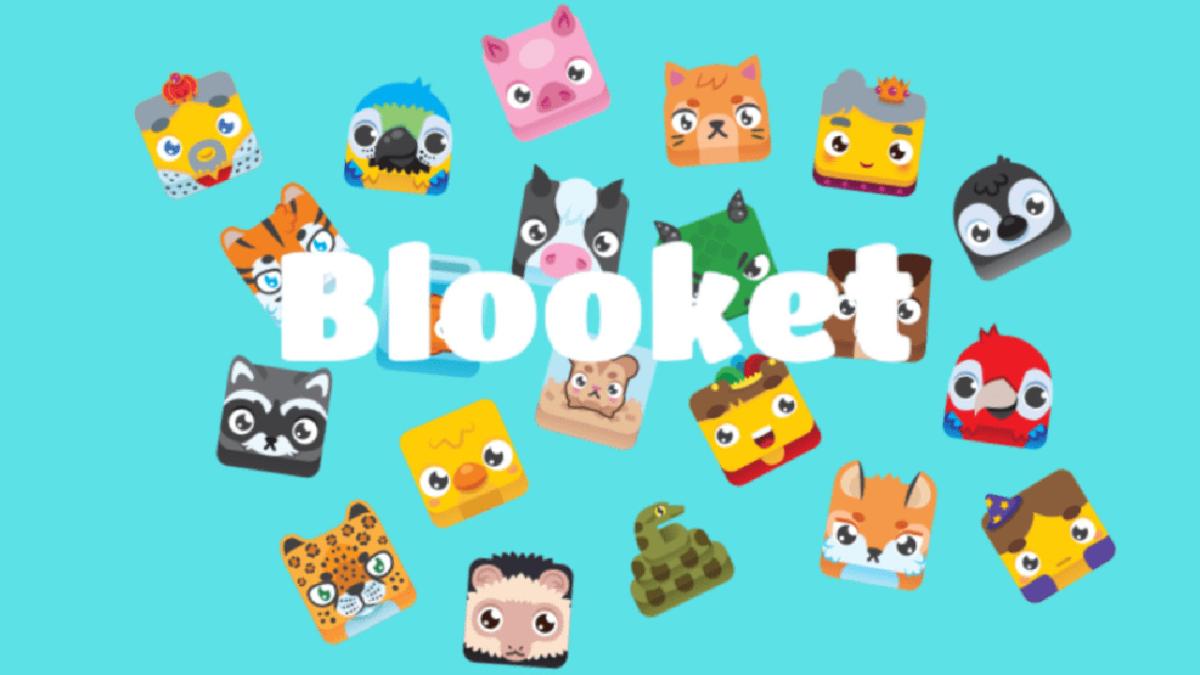
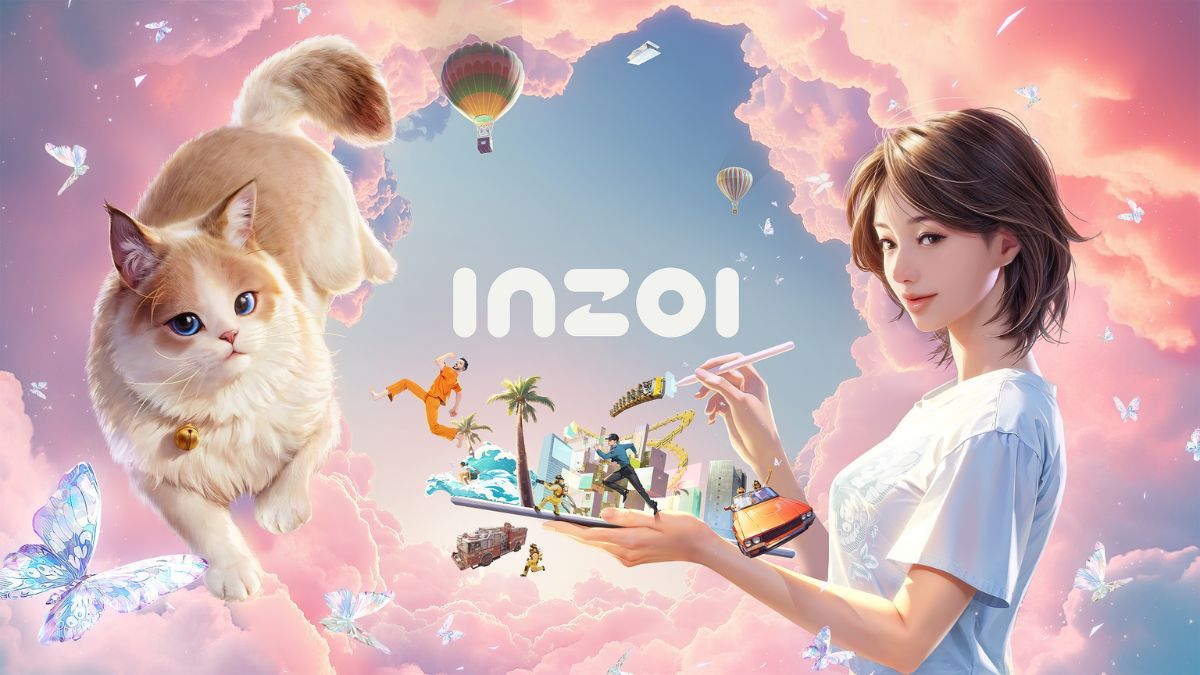
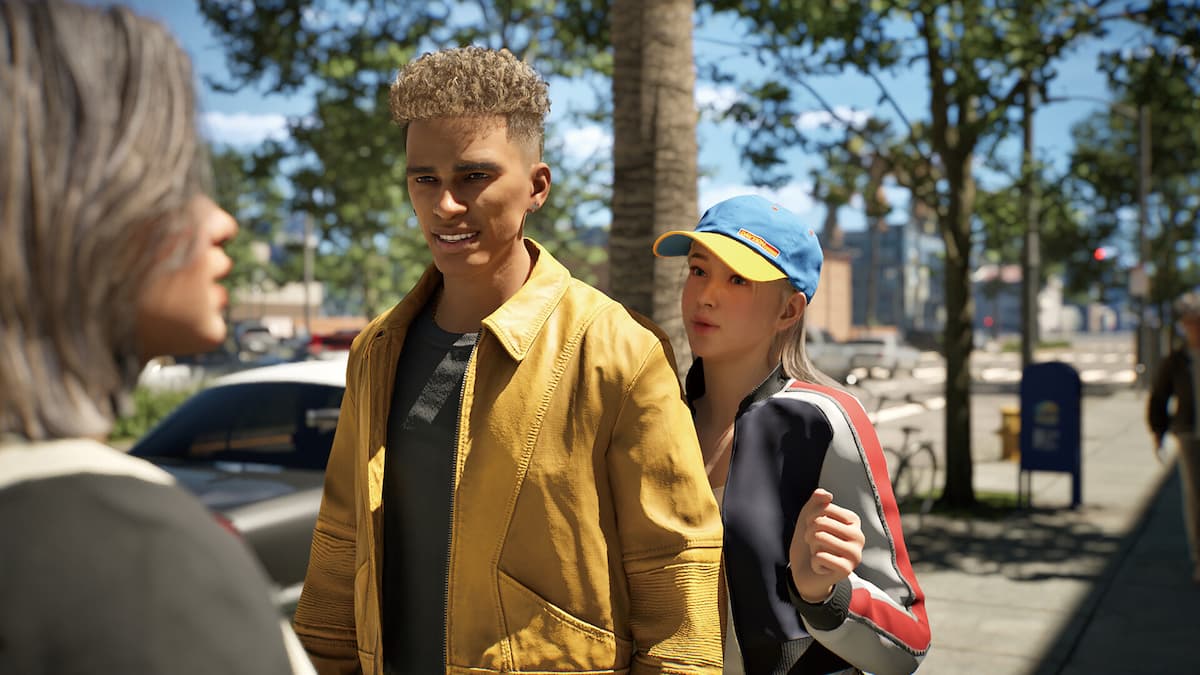


Published: Sep 16, 2015 11:07 am